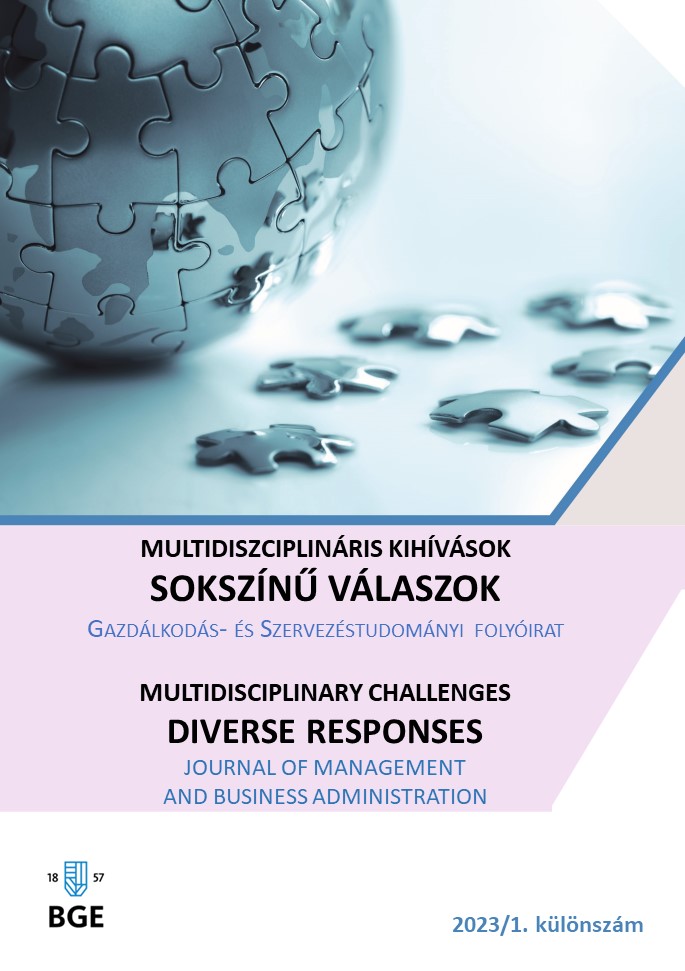Palladio: Citta ideale
The Ideal Renaissance City
Abstract
The focus of my study is not on the architectural solutions of the Renaissance -although, due to the nature of the topic, I will lightly touch on the basics of the architecture of the era as well- but on the ideals, values, systems, and cultural influences that gave birth to the tools and concepts used in architecture. In my essay, I sought answers to the following questions: What was an ideal city in the Renaissance, and how was it represented in Palladio's works? What views and attitudes were behind the concepts and ideals, and most importantly, how these views and attitudes influenced the architecture? Where did Palladio gain his architectural ideals, and what made his works so intensely researched even in later historical periods?
To understand the topic, I examine the intellectual, cultural, and urban architectural characteristics of the mature Renaissance era, I review the systems and concepts influenced Palladio's thinking and artistic expression. I primarily analyze the theoretical work of the ancient architect and theoretician Vitruvius, as it was the base for Renaissance architects in general, including Palladio. Later in the essay, I present the work of the Renaissance creator, Leon Battista Alberti, and the summary of his architectural work since he most likely had the greatest influence on Palladio. A realized example of the ideal Renaissance city is Bernardo Rossellino's work. Rossellino was commissioned by Pope Pius II, to build a perfect city, later named after the pope as Pienza. In the case of Palladio, first, I observe him as a theoretician to present the ideal city he envisioned, Vicenza, with an analysis of the most important buildings designed by Palladio. Finally, I draw attention to the influence of Palladio and the phenomenon of Palladianism in Europe and North America.
My goal, based on the analysis of the literature and my own experiences, is to examine the artistic expression of ideas spanning each era through the activities of a specific artist, Palladio.
References
Ackerman, J., 1972. Palladio. Penguin Books. Einaudi
Éber, L., 1909. Művészettörténeti olvasmányok. Budapest: Singer és Wolfner kiadása.
Farber, J.C., Reed, H. H. 1980. Palladio’s architecture and its influence. New York: A Photographic Guide, Dover Publications.
Firpo, L., 1975. La citta ideale del Rinascimento. In.: Gianni Carlo Sciolla (ed.) La citta nel Rinascimento. Torino: UTET
Foscari, A., 2020. Living with Palladio in the Sixteenth Century. Lars Müller Publishers.
Hajnóczi, G., 1979. Andrea Palladio. Budapest: Corvina kiadó
Hajnóczi, G., 1994. Az ideális város a reneszánszban. Budapest: Akadémiai kiadó.
Hajnóczi, G., 2002. Vitruvius öröksége. Budapest: Akadémiai kiadó.
Kruft, H. W., 1990. Le citta utopiche. La citta ideale del XV al XVIII secolo fra utopia e realta. Laterza.
Kunszt & Klein, 1999. Peter Eisenman – A dekonstruktivizmustól a foldingig. Budapest.
Orosz, G., 2004. Az európai Ókor neveléstörténete. Debrecen: Kossuth Egyetemi kiadó.
Palladio, A., 1982. Négy könyv az építészetről. Budapest: Képzőművészeti Alap Kiadóvállalata (Az eredeti mű 1570-ben jelent meg.)
Platón, 1984. Platón összes művei. Budapest: Európa könyvkiadó (II.kötet, Az állam) (Az eredeti mű i.e. 375-ben íródott.)
Reynolds, B. 2008. Dante, A költő, a politikai gondolkodó, az ember. Budapest: Európa könyvkiadó.
Tavernor, R., 1998. On Alberti and the Art of Building. New Haven and London: Yale University Press.
Tavernor, R., 1991. Palladio and Palladianism. London: Thames and Hudson
Vitruvius, M. P., 2009. Tíz könyv az építészetről. Szeged: Quintus kiadó
Farkas, J., 2009. Embereszmény és viselkedéskultúra a reneszánszban. Agora, 2009/3. 9-18.
Fonyódi, M., 2005. Az ortogonális városháló mint városi attribútum. Építés- Építészettudomány 33(3–4), 363–389.
Hajnóczi, G., 1992. Centrum és periféria. Acta Universitatis Szegediensis: Acta historica, 55-62.
Budai, K., 2020. A harmónia építésze. Elérhető: https://kultura.hu/a-harmonia-epitesze (Hozzáférés dátuma: 2023.12.09.)
Buzogány, A., 2012. Színház a színházban: avagy a Teatro Olimpico az Operában. Elérhető: https://www.artmagazin.hu/articles/archivum/ec178a802da7281b0b8564a4b38115cd (Hozzáférés dátuma: 2023.02.10.)
Machiavelli, N., 2003. A fejedelem. Elérhető: https://mek.oszk.hu/00800/00867/00867.htm#bm18 (Hozzáférés dátuma: 2023.02.09.) (Eredetileg 1513-ban írta)
Szabó, Zs. 2013. Városképek, színpadképek. Elérhető: https://www.researchgate.net/publication/281638492_Varoskepek_szinpadkepek (Hozzáférés dátuma: 2023.01.24.)
Szerb, A., 1936. A harmadik torony. Nyugat, 1936/10. Elérhető: https://epa.oszk.hu/00000/00022/00609/19304.htm (Hozzáférés dátuma: 2023.01.05.)
Virág, Á. 2018. Antropomorfizmus az építészetben. Elérhető: http://real.mtak.hu/79196/1/VA_Antropomorfizmus_az_epiteszetben_u.pdf (Hozzáférés dátuma: 2023. 01. 07.)
A Művészet templomai: 2022. Palladio. Elérhető: https://www.youtube.com/watch?v=hAmlbM_enWQ) (Hozzáférés dátuma: 2023. 02.01.)


























